
16th INDIA DESIGN SUMMIT
Welcome to the summit of Ideas!
The summit is a platform to create an enduring partnership between design and organizations leading to innovation and increased economic competitiveness. Just as large and small gears work together in harmony, when designers work with organizations, they ignite innovation.
Design has become pervasive. The activity of design is being practiced by myriads of disciplines including engineering, computer science, information systems, and business. Titles such as software design, engineering design, human-computer interaction design, and systems design is commonly seen now along with product design, industrial design and graphic design. Everyone connected with these titles and other such titles are welcome!
The discipline of design offers a unique way of seeing the world and approaching problems. The summit is a stage to bring the traditional fields of design in partnership with the fields of technology and business towards the development of new products -- real and virtual. It is a manifesto to inform the future of our highly technological age, profoundly in need of humanizing.
The summit will bring about new ideas, new initiatives, and new thinking needed to contribute to the larger picture of design in the knowledge economy. The purpose of the summit is to synergize, find new methods of working together with an attitude of openness, cooperation, and exploration.
The Theme
A new door of opportunity has opened in India for massive design interventions through the Central Government’s key initiatives such as “Make in India”, “Digital India”, “Clean India”, and “Smart City”. These initiatives have a phenomenal commitment from the Government and zeal to succeed.
Design is an integrating force, a catalytic tool to cause and leverage sustainable competitive advantage for businesses and the nation. It is the X factor for humanizing massive public initiatives of the Government. Design is the “The New Now”.
The theme is about the New that is unfolding now, the New that is trailblazing. The summit will explore how design is being harnessed to create sustainable businesses as well as sustainable futures. It would articulate key arguments within the Indian and global context to encapsulate the transformations in how we live, create and communicate.
The summit will have on board change makers, change drivers, change champions who would go beyond insular and self-referential arguments about design and create a collective consciousness, offer a discourse that is future-focused.
Summit Sessions
Designovation – Make in India
Design, innovation and growth are linked. Innovation and design aren’t simply about new products or technology. They’re also about how to improve products in everyday use, leading to reduced costs, increased usability and new business opportunities. Companies that use design are more successful than those that do not. The more strategic their use of design, the higher their growth rate. More importantly design addresses the pertinent question of “What to Make” and if it is made will it have a market. Design is also key for the manufacturers to transcend from traditional business models and low cost model to high-value creating solution providers.
Designpreneurs – Startup India
For start-ups design is the more critical factor of success. The design process helps a start-up to thing what could her offering be doing, how would it work, how it will look, and how it will be positioned. Design not only helps with the tactics for success in the market place; it offers a strategic long-term vision for sustained success and growth.
Designlives – Smart Cities
Our cities are our engines of growth. Rapid urbanization and deteriorating infrastructure under population pressure poses major challenge today. Design has a key role in making our cities breath life again. Design can enrich our cities and places within cities so that people can identify with them and embrace them in a more emotional manner than now. Design has a key role to play in a more collaborative and integrated decision making for productive and human-centered solutions. Co-Design can be effectively used to creatively engage people in shaping the cities and services.
Designserv - Digital India
It is important to move from pure production to integration of product and services. There are several examples, which illustrate that the amalgam of product and services leads to positive outcomes for the customer and a distinctive experience for its end users. Participatory design methods bring the citizens into the design process of the solutions to their problems, which digital India plans to solve by technological solutions. The ability of design to solve problems by synthesizing disparate elements and ideas skillfully, beautifully, and empathetically is critical for the success of digital India.
Designlearn – Design Education
With the changing paradigms of society, technology, work, it is essential that we reinvent, relook at the way we imagine and deliver education. In the future the education will be less codified and perhaps will not be bound by present structures. Not all learning will take place in brick and mortar campuses, the lengths of the courses will be different, there will be nano degrees where one learns when the need is and learns only what one wishes to learn, industry and academia will cooperate in an altogether different manner and many more such mammoth shifts. The only challenge hence before us is how flexible we would be to adapt, to support, even nurture, new ways of teaching tomorrow's designers?
INDIA-UK TECH SUMMIT

16th INDIA DESIGN SUMMIT : DISTINGUISHED SPEAKERS
-

Dr. Chandan Chowdhury
Managing Director – India,
Dassault Systemes -

Aditya Berlia
Design Thinker & Pro-Chancellor
Apeejay Stya University -

Ankit Shekhawat
Head, Emerging Media Labs
Moonraft Innovation Labs
-
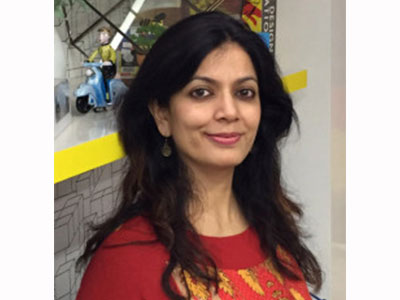
Anamika Sirohi
Head, Visual Identity & Design
Nestlé India -

Parthajeet Sarma
Director
iDream Advisory Services -

Aparna Piramal
Columnist- Business & Design
Mint & Financial Times -
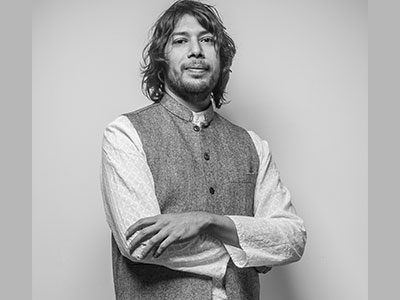
Hemant Jha
Chief Design Officer
Godrej Industries -

Shanoo Bhatia
Eumo DesignIntelligence
-
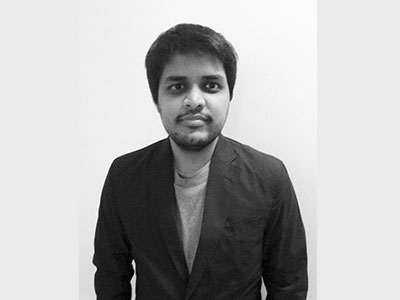
Tejas Sidnal
Architect, Designer
Spence Robinson
-

Marie Lundstrom
Creative Director,
Home Furnishings, IKEA -

Dr. Aloknath De
Corporate VP & CTO
Samsung India -

Srini R. Srinivasans
CEO & Chairman
Lumium -

Vrishali Kekre Deshmukh
Founder & Director
Therefore Design
CII DESIGN PARTNERS
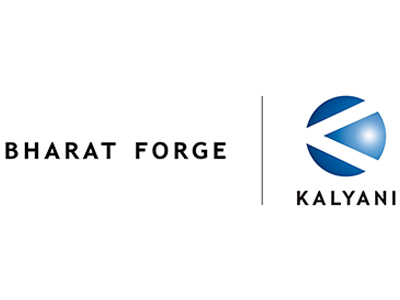
Silver Sponsor

Corporate Contributor
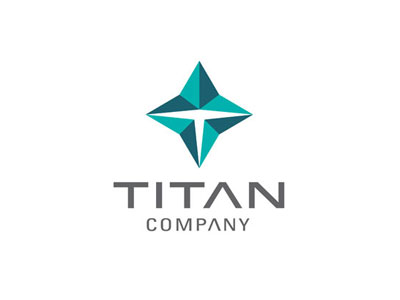
Corporate Contributor

Corporate Contributor
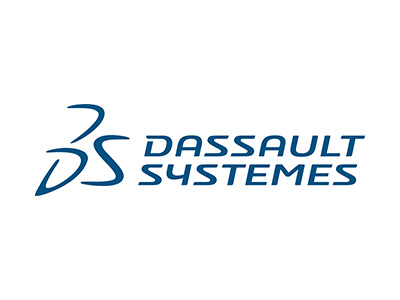
Corporate Contributor
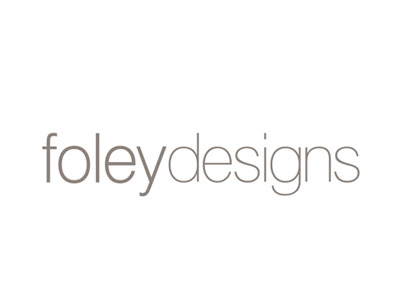
Trophy Sponsor
